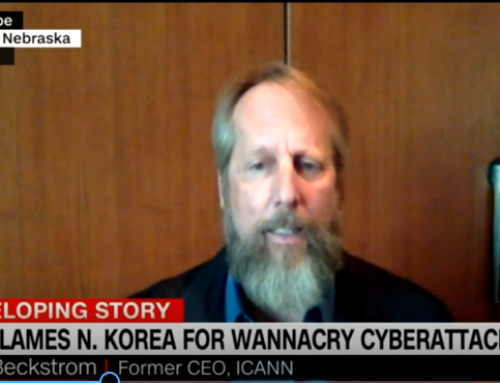The attack could come when we’re most vulnerable — a blistering hot July afternoon or a freezing cold January night. Suddenly, vast sections of the U.S. power grid go black. The lights go out, air-conditioning (or heating) shuts down. Once it becomes clear that this is no temporary brownout, the public begins to panic. At the power utilities, engineers can’t understand why the network shut off, and can’t get it to start up again. It’s hours before the truth emerges: a terrorist group (or a hostile country, or some evil-genius hacker) has broken into the computer networks that control the power grid, bringing the U.S. to its knees.
If that worst-case scenario crossed your mind last week, it was probably because you’d just read news reports that federal authorities had detected signs that hackers — likely from Russia and China, countries with militaries known to be pursuing cyberwarfare capabilities — had penetrated the computer systems that control the power grid. It was unclear when these intrusions had taken place, but they had left a software signature. If that wasn’t disturbing enough, the North American Electric Reliability Corp., a Congress-authorized regulator, issued an alert that the utilities had not adequately surveyed their computer systems to detect vulnerabilities. (Read “Can We Prevent Another Blackout?”)
Source





